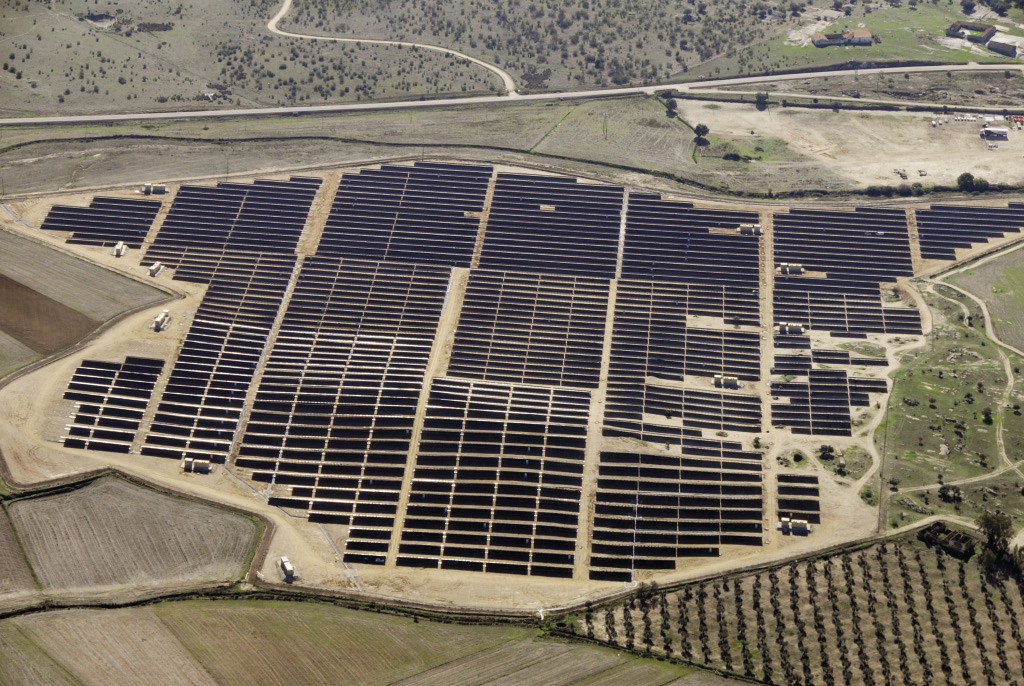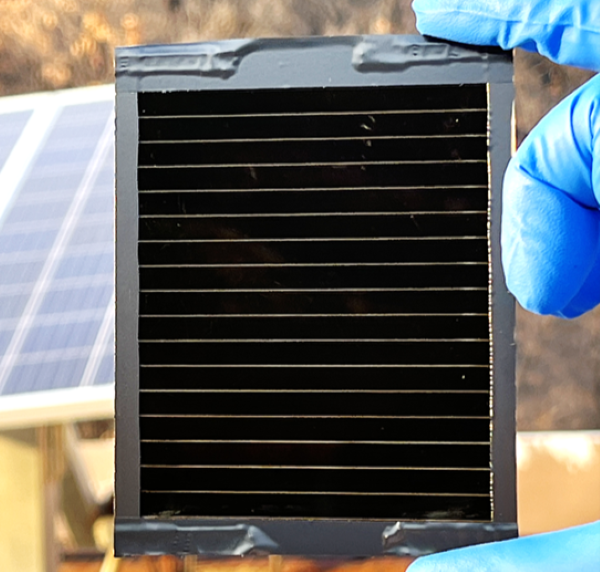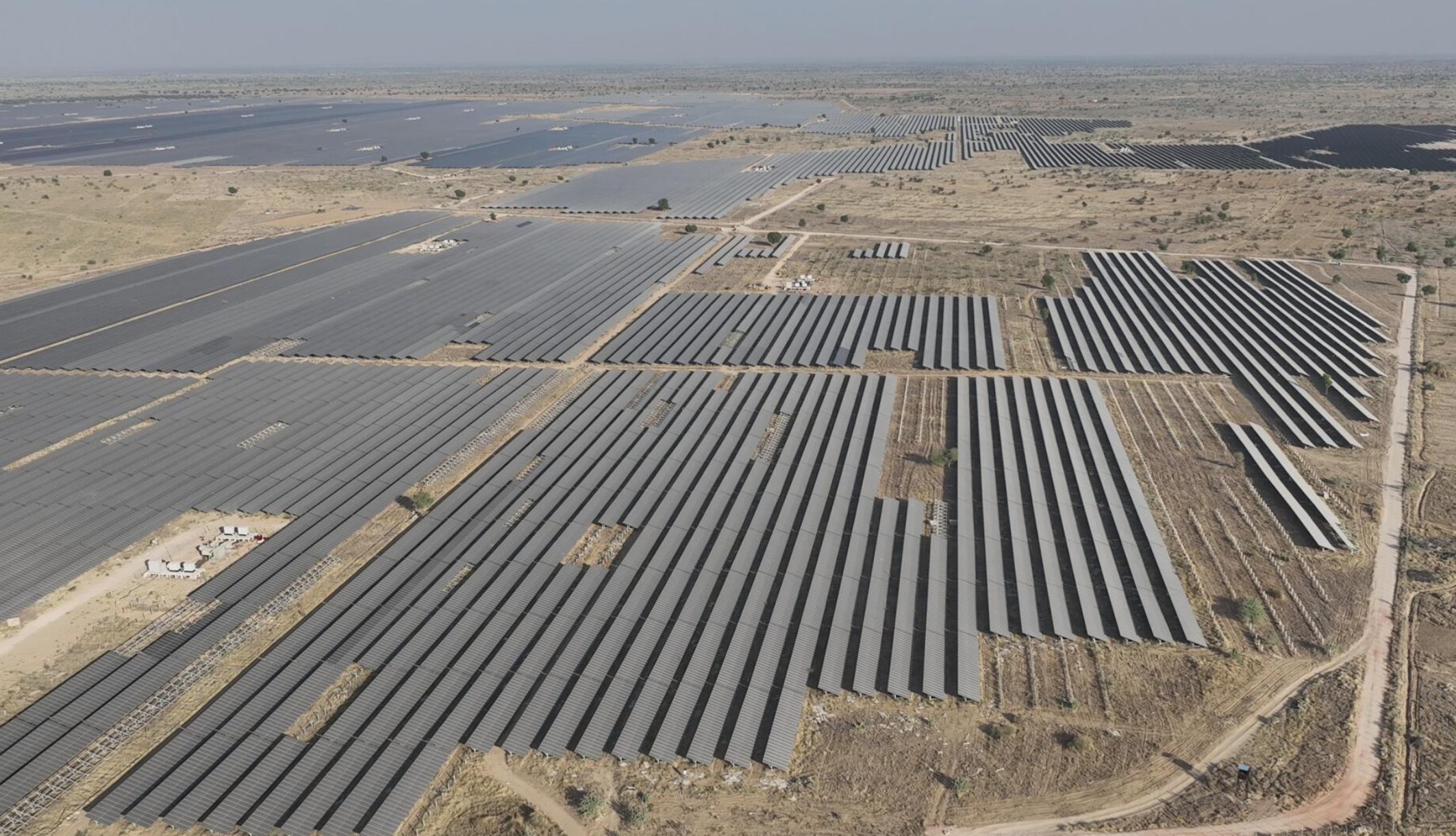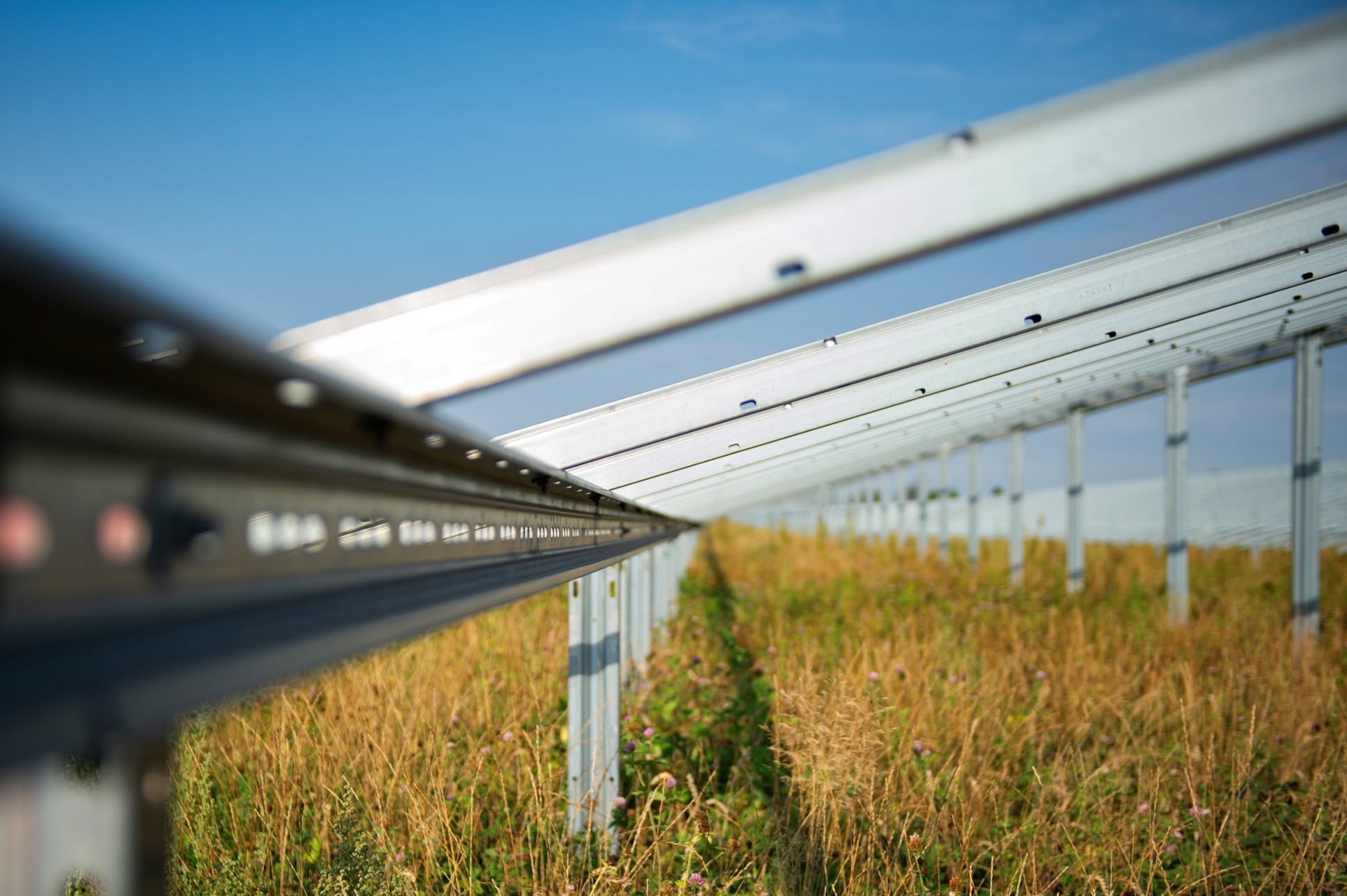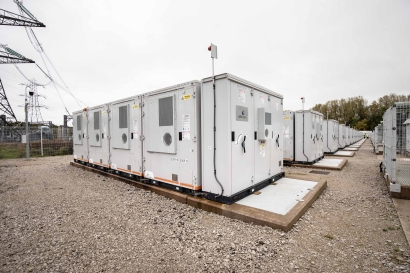Spain has significantly increased its share of solar power since 2020, with total capacity rising from approximately 11.74 GW to about 34 GW.
The first curtailment events for solar power occurred in April 2022. Over the past two years, curtailments have affected 2.9% of Spain’s photovoltaic energy output, with 2.5% of that receiving no compensation. Curtailments are not compensated when reported one day in advance.
During that period, PV curtailments caused losses of more than €107 million ($125.9 million), or €146,400 per day. The levelized cost of energy (LCOE) rose by €0.10/kWh (+2.5%), and the net present value (NPV) fell by €27.10/kW (-7.7%), according to calculations by researchers from Sapienza University of Rome and the University of Jaén.
Since April 1, 2024, Spain has also seen negative electricity prices. These have occurred during 5.5% of operating hours, with an average price of -€0.4/kWh and lows of -€2.0/kWh.
Over the last two years, Spain’s PV market has seen a sharp drop in project prices. “It was as abrupt as it was necessary,” Carmen Izquierdo, CEO of nTeaser, a European marketplace focused on M&A of renewable projects, told pv magazine.
“What some define as a collapse, others see as a readjustment that, although painful in the short term, can lay the foundations for a more rational and sustainable ecosystem in the long term,” said Izquierdo. At nTeaser, “we have experienced this transformation from the inside: with real transaction data, conversations with investors, and an avalanche of projects looking for an exit,” she said.
Based on this market insight, the platform has updated its project and asset pricing curves, now available to business users. The curves track current values and historical trends across asset types and are integrated into a new dynamic section on the platform, fueled by weekly offers.
What is the price range? Ready-to-build (RtB) projects – valued at over €150,000/MW just a few years ago – are now priced between €30,000/MW and €90,000/MW, said Izquierdo. The key drivers: low or negative pool prices during solar hours, stagnant demand, and an oversupply of both electricity and assets.
Banks have responded quickly, reducing their appetite for projects with merchant exposure.
“Without guarantees of stable income, traditional financiers are backing off, and many developers have no choice but to sell before building,” she said. Some new players are entering the space, including specialized funds, but they demand higher returns and tighter terms.
What about projects with signed power purchase agreements (PPAs)?
“They're not abundant,” said Izquierdo. Many deals are closing at unattractive prices, limiting their usefulness in securing financing. “However, when an RtB project appears with a reasonable and well-structured PPA, interest is immediate. At nTeaser, these types of assets are placed quickly and efficiently, reflecting the enormous latent demand for solid opportunities in a risk-saturated market,” she said.
The regulatory environment has also added pressure. “As grid connection deadlines were unforgiving, many chose to sell off rather than lose everything,” she said.
With the approval of Royal Decree-Law 7/2025, which allows for modification of key milestones, the question now is whether flexibility will help stalled projects move forward. “It's still too early to measure its real impact, but the sector is watching it closely,” Izquierdo said.
While awaiting implementation of the new law, nTeaser is tracking clear market segmentation. “Every week we publish projects that are approaching RtB, and we clearly see market segmentation: while some well-located assets, with good connection infrastructure and hybridized with batteries, continue to close above €80,000/MW, others barely generate interest if they have impossible lines or if they carry unbearable regulatory risks. Price differences are no longer due solely to radiation or evacuation infrastructure, but to something more fundamental: viability,” she said.
Headlines about “projects at €0/MW” have increased in recent months, but the reality differs. “These offers, which often consist of transferring the project in exchange for recovering the guarantees, rarely materialize—or at least, we are not aware of any closed deals at those levels. They tend to reflect the developer's desperation rather than the investor's real appetite. At nTeaser, we have yet to see any closed deals below €25,000/MW,” said Izquierdo.
And what about projects already in operation? “They have followed a similar but more contained trajectory. From peaks of €1.1 million/MW in early 2024, prices have dropped to a range between €550,000/MW and €780,000/MW by mid-2025,” she said. The correction reflects tighter electricity markets and a glut of projects for sale. Izquierdo said electrification of demand remains unresolved. “As long as demand doesn't rise, the value of energy will remain depressed… and so will asset prices,” she said.
Even so, commercial operation date (COD) projects retain investor appeal: no development risk, actual production data, and proven performance. “Investors seeking more stable returns continue to consider this type of asset as a reasonable bet, especially if they consider hybridizing them with BESS,” she said. But challenges remain. “Because they are already in operation, these assets are immediately exposed to the current low—or even zero-price environment, which limits their short-term profitability. Paradoxically, those who buy now could be anchoring their income at the worst moment in the market, just when a gradual recovery in electricity prices is expected in the coming years. This has led some investors to hesitate between buying a cheap COD today or opting for an RtB with better future capture conditions,” Izquierdo said.
In both RtB and COD segments, battery hybridization has shifted from a “plus” to a strategic necessity. “Projects with storage deliver better, have greater flexibility, and better withstand market volatility. At nTeaser, we are seeing growing interest in this type of asset, and a clear price premium for hybrid projects over pure solar,” she said.
What are the short- and medium-term prospects? Izquierdo said the market remains saturated but is beginning to recover. “Investor demand, which bottomed out in the spring, is slowly fading. At nTeaser, we're seeing that many investors who withdrew during the 2022 price bubble are returning, this time with more discretion, less haste, and more negotiating power,” she said. “The price correction has opened a window of opportunity for those with capital: assets are at a discount, and those who can afford to buy now are positioning themselves strongly, securing portfolios at historically low prices.”
In this context, well-capitalized funds are finding value where they once saw risk. “If the regulatory environment stabilizes and energy prices begin to recover, as many anticipate, current buyers will be sitting on very well-valued assets in the next cycle,” Izquierdo said.
“The good news is that the long-term fundamentals haven't changed. Spain remains a prime market for solar. But it's no longer enough to have enough radiation. It requires knowing how to execute, manage risks, and move nimbly in an environment that combines regulatory urgency, financial pressure, and supply saturation,” she said. “We are convinced that the new cycle will be more competitive, but also more transparent and professional. And that, in the medium term, can only benefit the sector.”
